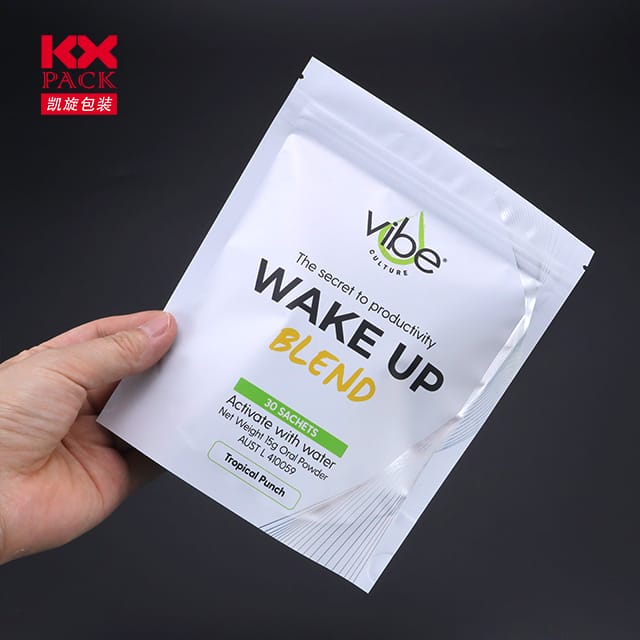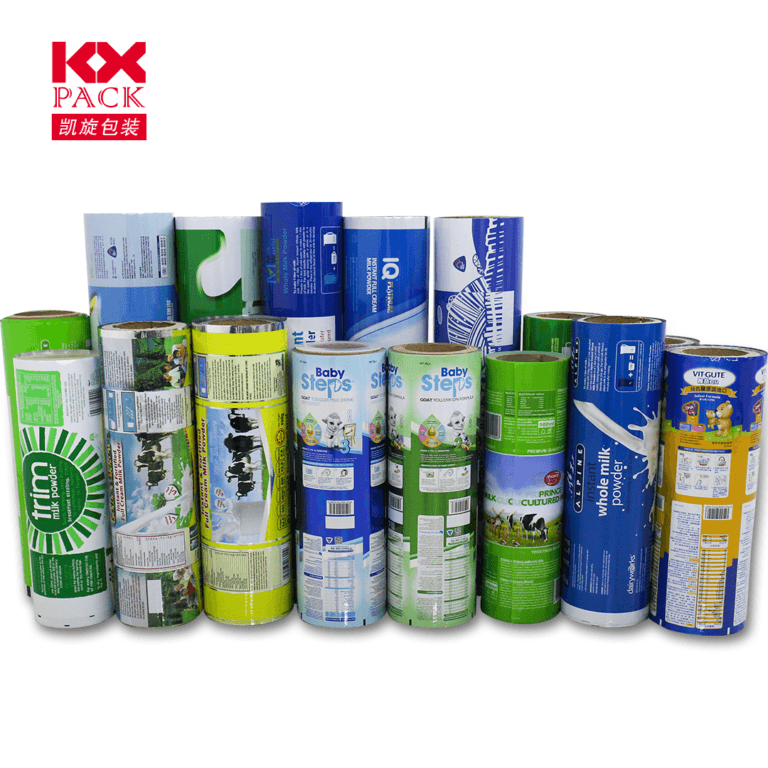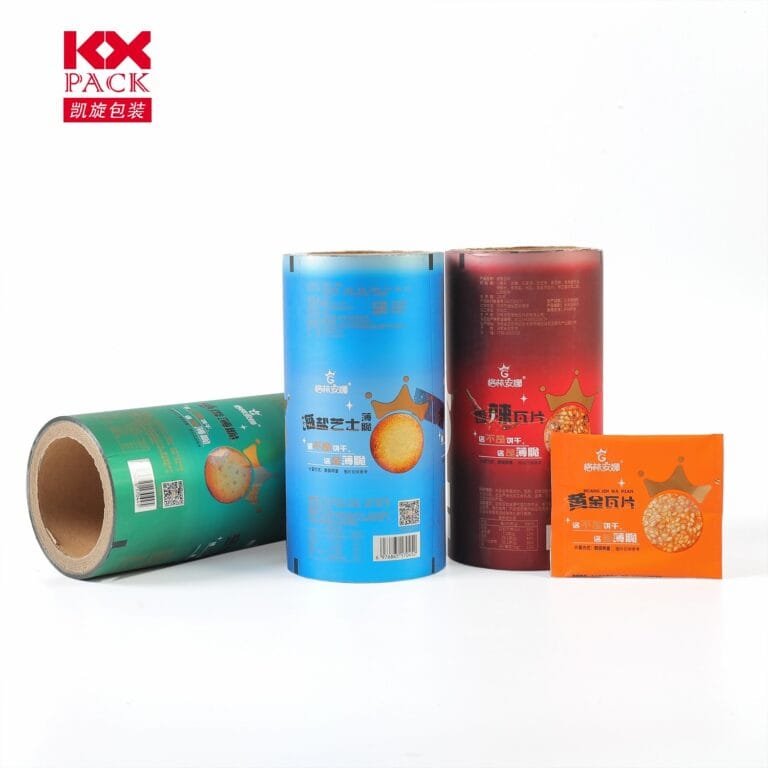Film d'emballage: Le héros méconnue du consumérisme moderne
Film d'emballage
In the world of commerce, où les premières impressions sont importantes et la protection des produits n'est pas négociable, film d'emballage plays a quiet yet pivotal role. Du sceau net de vos céréales du matin aux palettes enveloppées dans un entrepôt, Ce matériau flexible assure la sécurité des produits, frais, Et visuellement attrayant. Déborchons la science, innovation, and sustainability behind packaging film—and why it’s more than just “plastic wrap.”
What Is Packaging Film?
Packaging film is a thin, flexible material (often made from polymers like polyethylene, polypropylène, or biodegradable alternatives) used to wrap, joint, or protect goods. It comes in various forms:
- Stretch Film: For bundling pallets or securing items during shipping.
- Shrink Film: Shrinks tightly when heated, creating a tamper-proof seal.
- Films de barrière: Blocks oxygen, humidité, or light to preserve food and pharmaceuticals.
- Films biodégradables: Eco-friendly options made from plant-based materials or compostable polymers.
Why Is It So Essential?
- Protection des produits:
- Shields items from dust, humidité, et dommages physiques.
- Extends shelf life for perishables (Par exemple, viande, fromage, produire) by preventing spoilage.
- Brand Visibility:
- Custom-printed films turn packaging into a marketing tool, reinforcing brand identity.
- Efficiency & Économies de coûts:
- Lightweight and space-saving, reducing shipping costs and carbon footprints.
- Automated machinery allows high-speed packaging for mass production.
- Commodité:
- Resealable zippers or easy-tear features enhance user experience.
Innovations stimulant l'avenir
The packaging film industry is evolving rapidly to meet sustainability demands and functional needs:
- Sustainable Materials:
- Brands are shifting toward biodégradable, compostable, or recyclable films (Par exemple, PLA, dérivé de l'amidon de maïs).
- Post-consumer recycled (PCR) content is becoming more common.
- Emballage intelligent:
- Films embedded with sensors or QR codes track freshness, détecter les fuites, or provide anti-counterfeiting measures.
- Films comestibles (Fabriqué à partir d'algues ou d'amidon) are emerging for single-use food wraps.
- Diluant, Des films plus forts:
- Nanotechnology improves barrier properties, allowing thinner films without sacrificing strength.
- Solutions d'économie circulaire:
- Companies are designing films for easier recycling or reuse (Par exemple, mono-material pouches).
Challenges on the Horizon
Despite its benefits, packaging film faces criticism:
- Plastic Waste: Single-use films contribute to landfills and ocean pollution.
- Recyclage des obstacles: Multi-layer films (common in snack packaging) sont difficiles à recycler.
- Coût vs. Durabilité: Eco-friendly alternatives often cost more, slowing adoption.
La route à venir: Balancing Innovation and Responsibility
The future of packaging film lies inplus intelligent, greener solutions:
- Industry Collaboration: Brands, suppliers, and recyclers must work together to standardize eco-friendly materials.
- Éducation des consommateurs: Encouraging recycling and proper disposal of films.
- Poussée réglementaire: Governments are introducing bans on single-use plastics, incentivizing innovation.
Conclusion
Packaging film is a testament to human ingenuity—a tiny layer that safeguards, promotes, and connects products to consumers. As we strive for a more sustainable future, the challenge is to harness its potential without compromising the planet. Whether it’s through biodegradable materials, technologies intelligentes, or circular design, the next generation of packaging film will redefine how we protect, présent, and perceive the goods we love.
What’s your take? Do you prioritize eco-friendly packaging, or is functionality your top concern? Discutons dans les commentaires! 🌱📦
Stay curious, and subscribe for more insights into the materials that shape our world! 🚀







